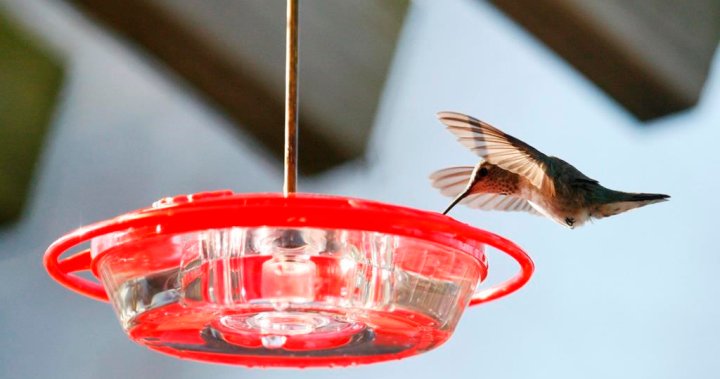The Delicate Balance of Hummingbird Survival: Torpor, Migration, and the Impact of Environmental Change
Hummingbirds, those iridescent jewels of the avian world, are renowned for their aerial acrobatics and nectar-fueled existence. Their diminutive size belies an astonishing feat of endurance: annual migrations spanning thousands of kilometers. From breeding grounds in northern latitudes like British Columbia, these tiny dynamos embark on epic journeys south, reaching as far as Mexico to escape the clutches of winter. This incredible undertaking demands a delicate balancing act of energy expenditure and conservation, a feat achieved through a physiological marvel known as torpor.
Torpor, a short-term hibernation-like state, is a crucial survival strategy for hummingbirds. During torpor, their metabolic rate, heart rate, and respiration slow dramatically, conserving precious energy between meals. This drastic reduction in physiological activity can be so profound that hummingbirds in torpor have sometimes been mistaken for dead. This remarkable adaptation allows them to endure periods of food scarcity and navigate the energetic demands of long-distance migration.
New research sheds light on the intricacies of torpor in hummingbird species common to British Columbia. The study, conducted by Shayne Halter, a Ph.D. candidate at the University of New Mexico, reveals that Calliope and rufous hummingbirds require a minimum of 180 milligrams of fat to initiate their daily activities and seek their next meal. To safeguard against overnight fat depletion, their bodies instinctively enter torpor once their fat reserves reach 500 milligrams. This intricate interplay between fat storage and torpor regulation underscores the hummingbird’s precarious existence on a "metabolic knife edge."
This delicate balance is further threatened by environmental changes. Habitat loss, climate change, and shifts in flowering patterns disrupt the availability of nectar, the hummingbirds’ primary food source. Halter’s research highlights the importance of understanding how hummingbirds utilize energy during migration and how these environmental disruptions impact their ability to survive. His findings represent an initial step towards comprehending the limits of hummingbird resilience and the potential consequences of a fluctuating food supply.
The implications of this research extend beyond the scientific community. Understanding torpor is crucial for public awareness and conservation efforts. Jackie McQuillan, program director at the Wildlife Rescue Association of B.C., emphasizes the value of educating the public about supporting hummingbird populations. Knowledge about their reliance on fat reserves underscores the importance of providing high-quality food sources, such as native flowers, to ensure they have sufficient energy to avoid prolonged or forced torpor. This understanding is particularly relevant given the alarming decline in rufous hummingbird populations, with more than half lost since 1970, according to the 2022 State of the Birds report.
The phenomenon of torpor can also lead to misunderstandings among the general public. McQuillan recounts instances where individuals have mistakenly believed hummingbirds to be dead due to their torpid state, only to be surprised by their revival as they warm up and regain activity. These anecdotes highlight the need for greater public awareness about hummingbird behavior and the importance of recognizing torpor as a natural survival mechanism. The vulnerability of hummingbirds in torpor, unaware of their surroundings and with potentially compromised immune systems, further emphasizes the need for conservation efforts and habitat protection.
Alison Moran, director of the hummingbird project at Victoria’s Rocky Point Bird Observatory, notes that Halter’s research complements existing knowledge about hummingbird migration and the significant weight gain they undergo in preparation for their journey. She views the study as a valuable contribution to understanding how hummingbirds utilize torpor and fat deposition as an "energetic calculator" for survival. This ongoing research provides critical insights into the complex interplay of physiology, behavior, and environmental factors influencing the survival of these remarkable creatures. Continued research is essential to monitor these changes over time and adapt conservation strategies to protect these vital pollinators and ensure their continued presence in our ecosystems.










